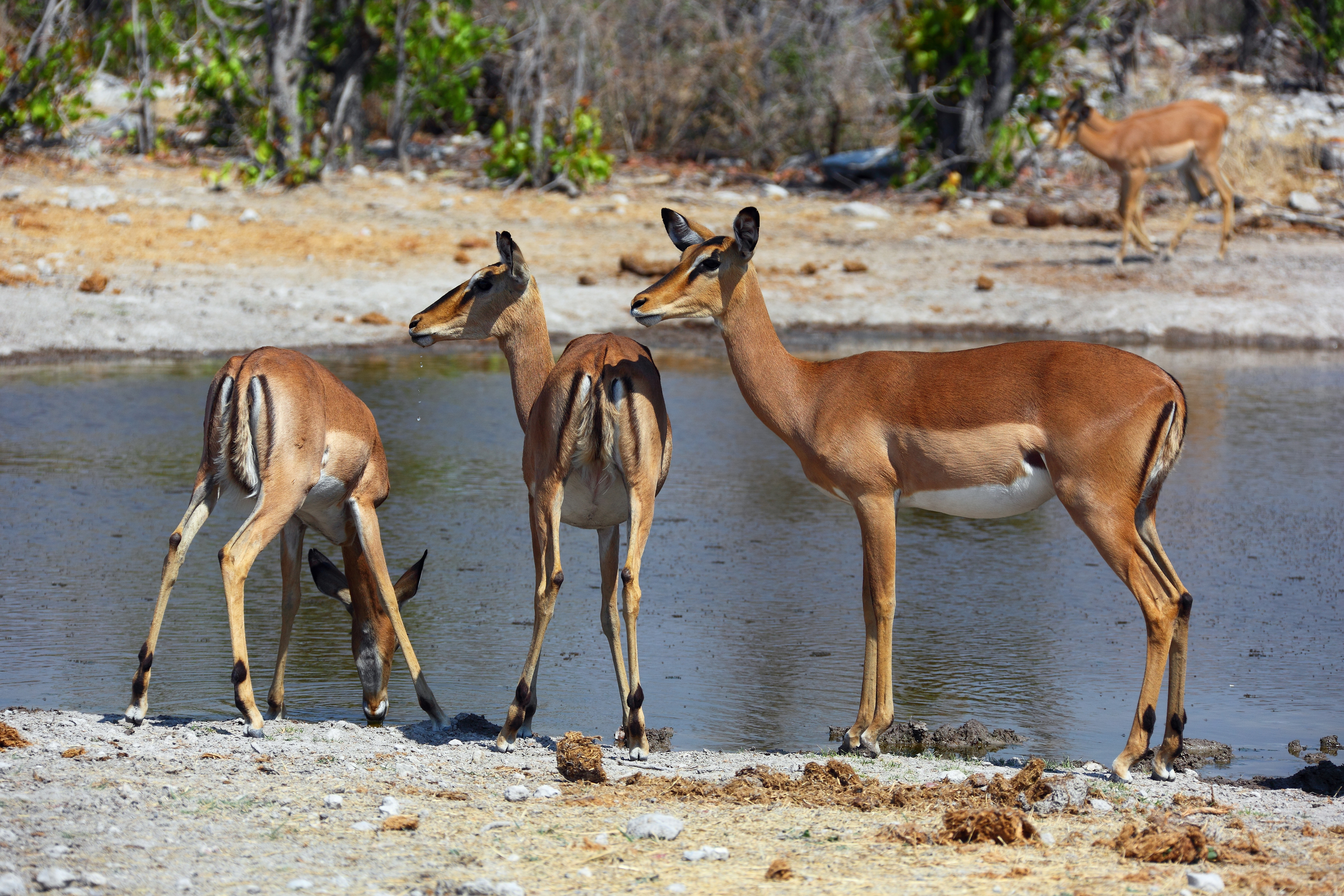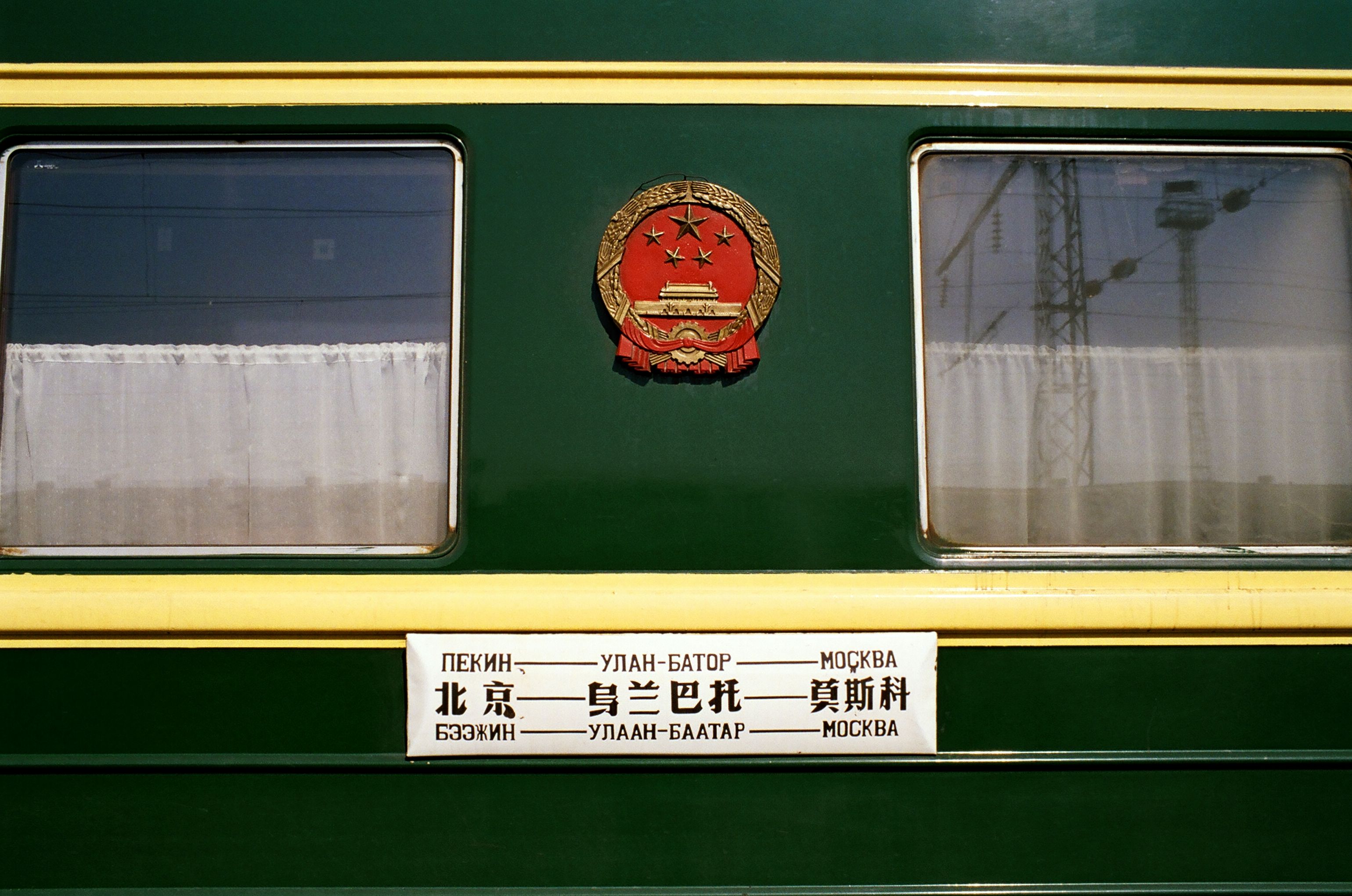|
Choir Depression
The Choir Depression is a depression near Choir, Mongolia. It is about 150 km long and 10 to 20 km wide, about 500 m lower than the surrounding upland. It lies at an altitude of 1269 m. Uranium mines Uranium prospecting began in the Choir Depression in 1955, and the Haraat deposit (of uranium trioxide), identified in 1970, began major drilling in 1988. Following new discoveries in 1997, there is estimated to be 8165 t (18 million lbs.) of uranium trioxide in the depression. In early 1994, the area was licensed to the Gurvan Saihan Joint Venture, with a 70% interest by Denison Mines, and 15% each from the Mongolian government and a Russian state geological concern. Rail lines connect the Trans-Mongolian Railway with the mine. Notes Depressions of Mongolia {{mongolia-geo-stub ... [...More Info...] [...Related Items...] OR: [Wikipedia] [Google] [Baidu] |
Depression (geology)
In geology, a depression is a landform sunken or depressed below the surrounding area. Depressions form by various mechanisms. Types Erosion-related: * Blowout: a depression created by wind erosion typically in either a partially vegetated sand dune ecosystem or dry soils (such as a post-glacial loess environment). * Glacial valley: a depression carved by erosion by a glacier. * River valley: a depression carved by fluvial erosion by a river. * Area of subsidence caused by the collapse of an underlying structure, such as sinkholes in karst terrain. * Sink: an endorheic depression generally containing a persistent or intermittent (seasonal) lake, a salt flat (playa) or dry lake, or an ephemeral lake. * Panhole: a shallow depression or basin eroded into flat or gently sloping, cohesive rock.Twidale, C.R., and Bourne, J.A., 2018Rock basins (gnammas) revisited.''Géomorphologie: Relief, Processus, Environnement,'' Vol. 24, No. 2. January 2018. Retrieved 9 June 2020. ... [...More Info...] [...Related Items...] OR: [Wikipedia] [Google] [Baidu] |
Choir, Mongolia
Choir (; mn, Чойр, ) is a city in east-central Mongolia. It is the capital of Govisümber Province. Choir is officially known as Sümber sum. History Choir was a military base during the Soviet period. In 1989, the Soviet anti-aircraft missile units left Choir. The longest runway in Mongolia, now abandoned, is located 25 km N from Choir, a relic of that period. In 1992, the military cantonment passed into the jurisdiction of Govisümber Province, according to the 1992 constitution. Near the railway station is a statue commemorating Mongolia's first cosmonaut, Jügderdemidiin Gürragchaa. Geography Location Choir lies in the Choir Depression, a lowland strip about 150 km long and 10 to 20 km wide, about 500 m lower than the surrounding upland. It lies at an altitude of 1269 m. Climate Choir has a semi-arid climate ( Köppen climate classification ''BSk'') with warm summers and severely cold winters. Most precipitation falls in the summer as rain, ... [...More Info...] [...Related Items...] OR: [Wikipedia] [Google] [Baidu] |
Denison Mines
Denison Mines Corp. is a Canadian uranium exploration, development, and production company. Founded by Stephen B. Roman, and best known for its uranium mining in Blind River and Elliot Lake, it later diversified into coal, potash, and other projects. History About 1,000 workers at Denison's Elliot Lake mines went on strike in 1974, protesting unhealthy working conditions. The protest led to immediate improvements in safety conditions, and prompted Bill Davis to commission James Milton Ham to lead the Royal Commission on the Health and Safety of Workers in Mines. Denison served as manager for Uranium Participation Corporation, a Toronto-based investment fund which holds no license to deal in uranium until 2021 before it was sold to Sprott Asset Management and WMC Energy. Ownership and leadership 15% of the company is owned by Korea Electric Power Corporation (KEPCO). The CEO is David D. Cates, and Ron F. Hochstein is the chair of the board. Operations Denison's pr ... [...More Info...] [...Related Items...] OR: [Wikipedia] [Google] [Baidu] |
Uranium
Uranium is a chemical element with the symbol U and atomic number 92. It is a silvery-grey metal in the actinide series of the periodic table. A uranium atom has 92 protons and 92 electrons, of which 6 are valence electrons. Uranium is weakly radioactive because all isotopes of uranium are unstable; the half-lives of its naturally occurring isotopes range between 159,200 years and 4.5 billion years. The most common isotopes in natural uranium are uranium-238 (which has 146 neutrons and accounts for over 99% of uranium on Earth) and uranium-235 (which has 143 neutrons). Uranium has the highest atomic weight of the primordially occurring elements. Its density is about 70% higher than that of lead, and slightly lower than that of gold or tungsten. It occurs naturally in low concentrations of a few parts per million in soil, rock and water, and is commercially extracted from uranium-bearing minerals such as uraninite. In nature, uranium is found as uranium-238 (99.2739 ... [...More Info...] [...Related Items...] OR: [Wikipedia] [Google] [Baidu] |
Uranium Trioxide
Uranium trioxide (UO3), also called uranyl oxide, uranium(VI) oxide, and uranic oxide, is the hexavalent oxide of uranium. The solid may be obtained by heating uranyl nitrate to 400 °C. Its most commonly encountered polymorph, γ-UO3, is a yellow-orange powder. Production and use There are three methods to generate uranium trioxide. As noted below, two are used industrially in the reprocessing of nuclear fuel and uranium enrichment. # U3O8 can be oxidized at 500 °C with oxygen. Note that above 750 °C even in 5 atm O2 UO3 decomposes into U3O8. # Uranyl nitrate, UO2(NO3)2·6H2O can be heated to yield UO3. This occurs during the reprocessing of nuclear fuel. Fuel rods are dissolved in HNO3 to separate uranyl nitrate from plutonium and the fission products (the PUREX method). The pure uranyl nitrate is converted to solid UO3 by heating at 400 °C. After reduction with hydrogen (with other inert gas present) to uranium dioxide, the uranium can be used i ... [...More Info...] [...Related Items...] OR: [Wikipedia] [Google] [Baidu] |
Trans-Mongolian Railway
, map_name = , map_state = collapsed , embedded = The Trans-Mongolian Railway follows an ancient tea-caravan route from China to Russia and connects Ulan-Ude, on the Trans–Baikal ( Trans–Siberian) railway in Russia, with the Chinese city of Jining, by way of Ulaanbaatar in Mongolia. Other important stops are Sükhbaatar, Darkhan, Choir, and Zamyn-Üüd/ Erenhot ( border crossing and gauge-changing station). The line was built between 1949 and 1961. In most of Mongolia, it is single track, and in China double track. The gauge is in Russia and Mongolia and in China. There are important branches leading to Erdenet and Baganuur. History Railway development came late to Mongolia. Construction of the Trans-Mongolian line began in 1947, reaching Ulan Bator from the north in 1950 and the Chinese border in 1955. Before that the only railways in Mongolia had been a line (opened in 1938) connecting the coal mines at Nalaikh to the capi ... [...More Info...] [...Related Items...] OR: [Wikipedia] [Google] [Baidu] |


